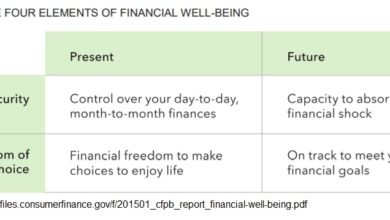Checking & Savings Accounts
The Basics of What You Need To Know

Checking Accounts vs Savings Accounts
The difference between checking and savings accounts depends on several factors. A checking account is a type of bank account that is used for day-to-day living transactions and usually has no interest provided to the customer. It is generally considered the most basic type of bank account.
A savings account is for keeping or ‘saving’ money. It is where people hold money that they don’t need to use right away. A savings account provides some type of interest and helps individuals to grow their money, whether they need to access their cash or not.
What is a Checking Account?
A checking account is mostly used for making payments. Historically, paper checks were the main tool used to pay bills. Today, you can make payments with electronic wire transfers or with a debit card linked to the account. (Paper checks are still used but sometimes you do have to pay for them.)
Considering that checking accounts are transactional (they process incoming deposits and payments), oftentimes they have monthly fees of up to $20. However, these costs are may be waived if you fulfill your bank’s requirements to do so.
What is a Savings Account?
As we know that checking accounts are for spending, savings accounts are set up so we can keep money secure and held that is not meant to be spent on bills or living expenses. There are government-regulated standards to limit consumers to making only six withdrawals or transactions from their savings account every month.
Savings accounts generally do not provide checks or debit cards, but you can use a savings account to send or receive money electronically. You can also link your savings account to payroll and auto-deposit your paycheck every month. Keep in mind, if you use your account for automated bill payments, it will count toward your six-withdrawal limit.
Traditional savings accounts generally earn more interest than a checking account because you’re allowing your bank to hold your money for an extended amount of time. Banks make money by using your money to finance their investments and lending products. Your interest is essentially a small percentage of what they make and give back to you.
It might be worthwhile to look for a savings account that offers a higher interest rate, called an annual percentage yield (APY). High-yield savings accounts help your money to grow even faster. Though APY can vary as the Federal Reserve changes its benchmark interest rate, the highest-yielding accounts can potentially earn over 10x more than regular savings accounts.
The money in your savings account is federally insured by the Federal Deposit Insurance Corporation (FDIC). This means that deposits up to $250,000 are protected if the bank were to go under.





